ڈاکٹر زاہد مغل غامدی صاحب کا کہنا ہے کہ علم کلام ناگزیر علم نہیں اس لئے کہ قرآن تک پہنچنے کے جس استدلال کی متکلمین بات کرتے ہیں وہ قرآن سے ماخوذ...
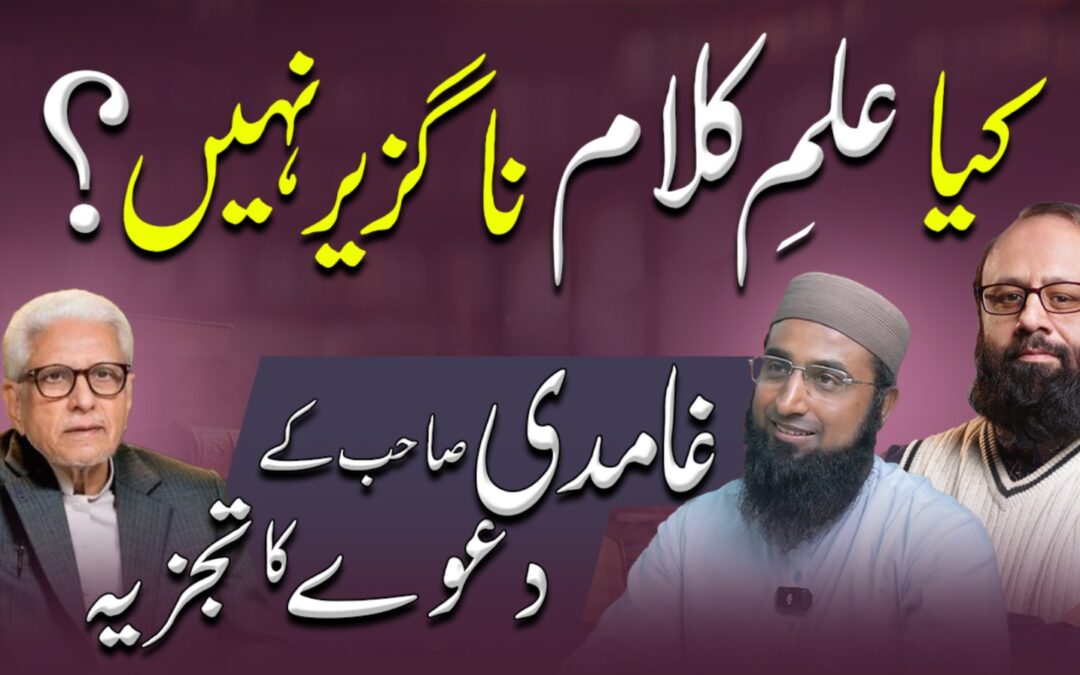

ڈاکٹر زاہد مغل غامدی صاحب کا کہنا ہے کہ علم کلام ناگزیر علم نہیں اس لئے کہ قرآن تک پہنچنے کے جس استدلال کی متکلمین بات کرتے ہیں وہ قرآن سے ماخوذ...
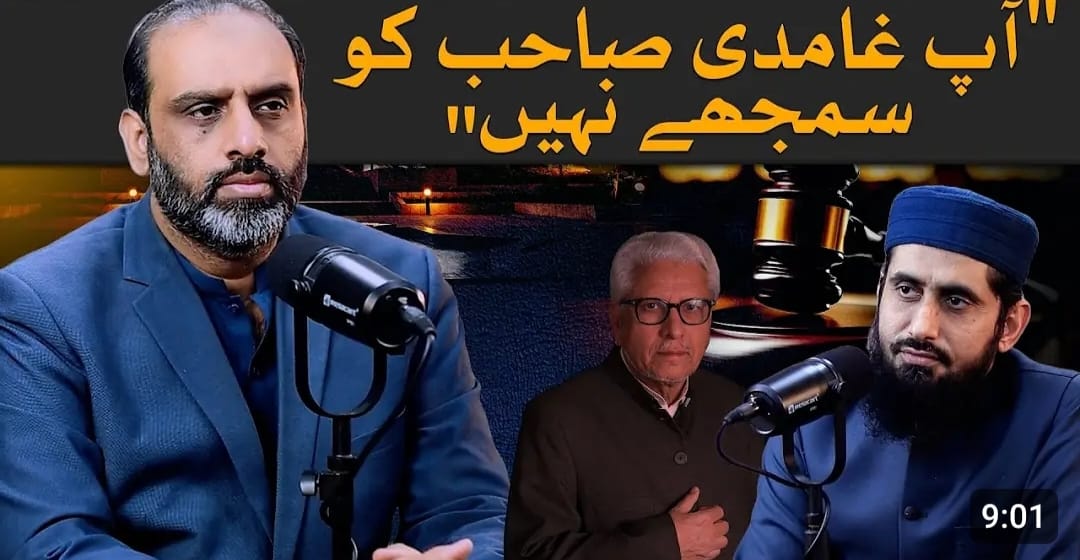
ڈاکٹر حافظ محمد زبیر صاحب تلخیص : زید حسن اس ویڈیو میں سپیکر حافظ محمد زبیر صاحب نے " بعض افراد" کے اس دعوے کہ آپ کی تفہیمِ غامدی درست نہیں ، کو...
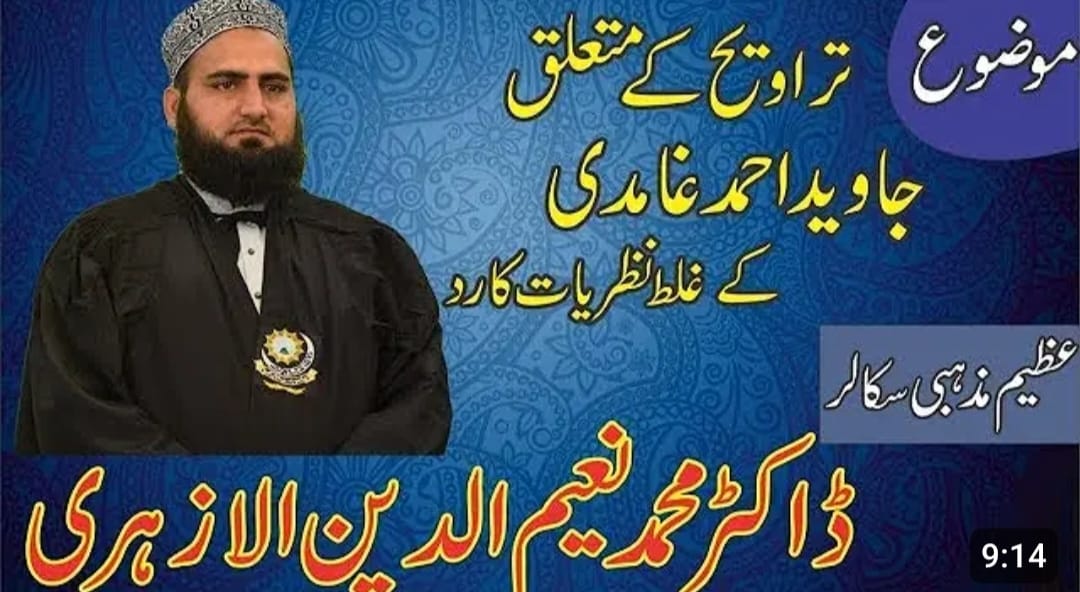
ڈاکٹر نعیم الدین الازہری صاحب تلخیص : زید حسن رمضان المبارک کی بابرکت ساعات میں امتِ مسلمہ روزے اور عبادات میں مشغول ہے ، لیکن سوشل میڈیا پر چند...

مفتی طارق مسعود صاحب تلخیص : زید حسن مسئلہ پوچھا گیا ہے کہ کیا تراویح کی نماز یوٹیوب پر لگا کر اسکی اقتداء میں پڑھ سکتے ہیں؟یہ غامدی صاحب نے نیا...
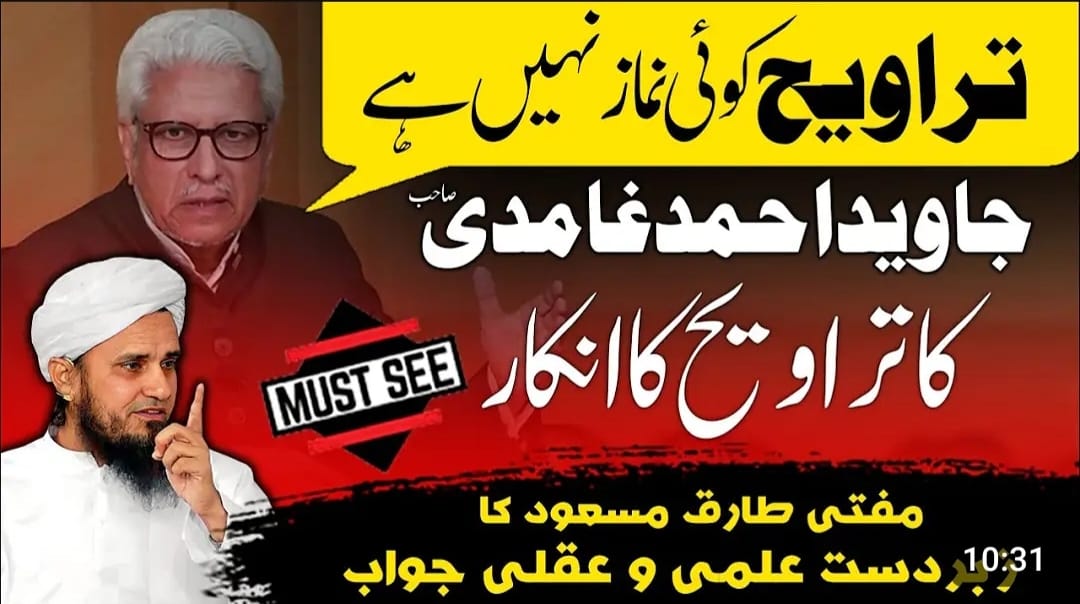
مفتی طارق مسعود صاحب تلخیص : زید حسن غامدی صاحب نے یہ بات کی ہے کہ تراویح سرے سے کوئی نماز ہی نہیں ہے ۔ اور اسکی ابتداء حضرت عمر کے دور میں ہوئی ہے۔...
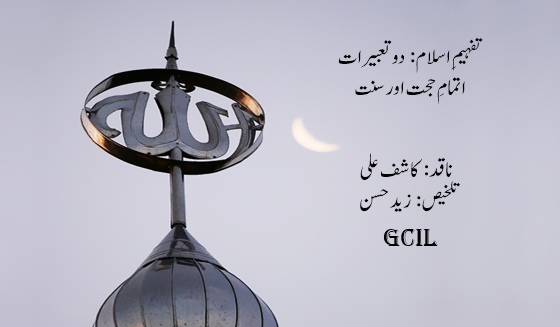
ناقد : کاشف علی تلخیص : زید حسن غامدی صاحب سے جزئیات پر بات نہیں ہو سکتی ۔ دین کی دو تعبیرات ہیں ۔ ایک تعبیر کے مطابق اسلام سیاسی سسٹم دیتا ہے ۔...
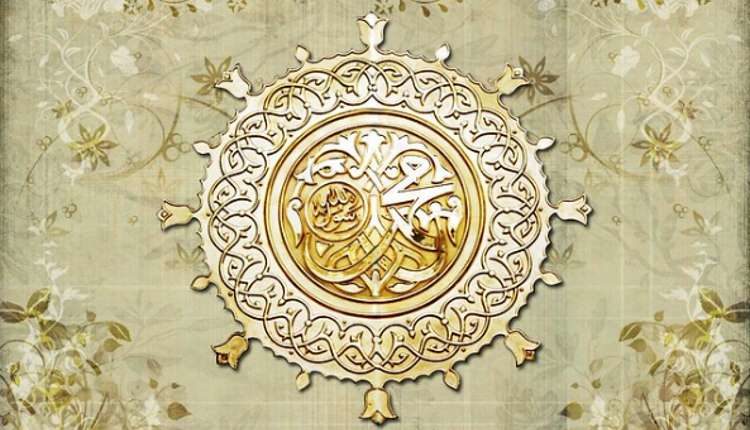
The marital life of the Prophet (sws) has generally been misinterpreted by the critics of Islam. In this regard, unfortunately, the real stance of the Quran has often been misconceived even by some Muslim scholars. In the following paragraphs, we shall attempt to explain the Quranic viewpoint on this issue.
In order to understand the reason behind the various marriages of the Prophet (sws), it is of paramount importance to appreciate two specific dimensions of his personality peculiar to him only.
Of these, the first dimension is that he was a Nabi; in fact, on him the institution of Nabuwwat ended. A Nabi revives divine guidance and clears all misconceptions and doubts about it. He cleanses it from alien concepts and strives to reform the society. Since the Prophet (sws) was also the final Nabi, two basic requirements had to be arranged for: It was necessary to complete, finalize and seal the contents of the Last Word of Allah so that it could remain the ultimate source of guidance for all subsequent generations of mankind. Secondly, it was equally necessary to educate and instruct his wives so that they could become a model for all other women as well [1]. Also, it was necessary to highlight and preserve the private life of the Prophet (sws) so that Muslims could be able to follow him in this sphere also. It must also be realized that it was the Prophet’s lofty character as a Nabi which played a key role in bringing about a remarkable change among the unlettered people of Arabia. During the course of his daunting mission, he came across many untoward and emergency situations. As a Nabi, he took lead in solving the social problems in particular, which arose during this perilous journey.
The second dimension of the Prophet’s personality is that besides being a Nabi, he was also a Rasool. Like a Nabi, a Rasool is not sent merely to preach and sermonize, but to decide the fate of the nation he addresses. He accomplishes the all important task of Itmaam-i-Hujjat [2] upon his nation, after which they are not given any right to live if they still deny the truth revealed to their Prophet. This is because they have failed in the real test for which they were created. The nation of a Rasool must accept faith if they are to live. Victory for the Rasool over the forces of evil is ordained by the Almighty. Consequently, the Prophet (sws) adopted all measures which helped him in achieving the political dominance of the religion revealed to him.
With these dimensions of the Prophet’s personality in the background, we now examine each of the Prophet’s marriages.
The two initial marriages of the Prophet (sws), it is obvious, were solemnized in a normal perspective and on customary footings. He first of all married a widow, Khadijah (rta), when he was about twenty five years old, while she was almost forty years old. For the next twenty five years, the couple remained happily married and the Prophet (sws) during this period was seen in the role of an ideal husband – something which he maintained throughout his marital life. At the death of Khadijah (rta), the Prophet (sws) was left with small children. Consequently, he married a widow, Saudah (rta), then fifty three years old. The need for this marriage like the previous one, it is obvious, arose from perfectly natural needs.
All subsequent marriages of the Prophet (sws) were conducted to fulfil the responsibilities of Nabuwwat and Risaalat.
In the year 622, the Prophet (sws) migrated to Medinah as its undisputed ruler. His marriage with Ayesha daughter of his dear Companion, Abu Bakr (rta) was consummated two years later [3]. The marriage had been legally solemnized a couple of years before migration. It seems that this marriage was, in fact, a divine selection, for the services rendered by Ayesha (rta) for the cause of Islam stand unparalleled. She was, perhaps, the greatest authority on Islam after the Prophet (sws). All the illustrious Companions of the Prophet (sws) consulted her for religious guidance. The Prophet’s marriage with Ayesha (rta) and later with Hafsa (rta) daughter of Umar (rta), also proved instrumental in the strengthening of ties with his two close Companions.
Now, within the first few years after migration, many Muslim women were widowed particularly, because their husbands had been killed in the battles of Badr and Uhad. A large number of them including their children were left helpless. The opening verses of Surah Nisaa came to their rescue and suggested a way out to deal with their apathy. The custom of polygamy which was prevalent in Arabia was utilized to solve this problem. The Quran urged the Muslims to marry them if they could be just to all their wives and at the same time this number should not exceed four. Since the Prophet (sws) was to set an example in this regard, he took lead and married two widows Zainab binti Khuzaimah and Hafsah binti Umar. At this stage, he had four wives Ayesha (rta), Saudah (rta), Hafsa (rta) and Zainab binti Khuzaimah (rta). A few months later, Zainab binti Khuzaimah (rta) died and the Prophet (sws) married Ummi Salmah (rta) whose husband had been martyred in the battle of Uhad. Her husband Abu Salmah (rta) had rendered meritorious services for the cause of Islam.
The Prophet (sws), while discharging his duties as the final Nabi, next married Zainab binti Jahash (rta) in the fifth year after migration. The reason for this marriage must be understood in the light of some important details: Islam inherited the inhuman institution of slavery. There were scores of slave men and women in every house. Instantly freeing them, it is clear, would have resulted in a lot of social and economic problems. Islam, therefore, adopted a gradual methodology to do away with slavery. It undertook various measures in this regard. However, freeing these slaves was not the only problem which was to be tackled. An even more important problem was to blend and graft them within the normal social structure of the society once they had been set free. Keeping in view the great sense of superiority the Arabs had over slaves, this was an extremely uphill task. Consequently, the Prophet (sws) in order to make them acceptable as normal members of a society took a very radical step. He persuaded his cousin sister Zainab binti Jahash to marry Zaid bin Haarisah, a slave boy he had set free and brought up as a son. The marriage took place, but, unfortunately, it could not continue due to certain reasons and Zaid bin Haarsihah had to divorce his wife. After this unfortunate dissolution of marriage, the only thing which could console Zainab (rta) was if the Prophet (sws) married her. Furthermore, it was necessary to reform a social custom concerning some erroneous concepts about an adopted son. According to this custom, the Arabs regarded the adopted sons and foster sons equally in all respects. This, of course, is against human nature and as such had to be abrogated. However, as a social custom, it was so deeply rooted in the Arab society that it could only be the Prophet’s personality which could abolish it. Consequently, on the Almighty’s bidding4, the Prophet (sws) married her to sympathize with her and to reform this custom.
Also, with this marriage, the normal law of keeping four wives was extended by the Almighty for the Prophet (sws) so that he could effectively discharge his responsibilities as a Nabi and a Rasool.
The Quran says:
“O Prophet! We have made lawful to you the wives whom you have paid their dowers and the slave girls whom Allah has given you as booty and the daughters of your paternal uncles and aunts and the daughters of your maternal uncles and aunts who migrated [from Mecca] with you; and any believing women who gifts her soul to the Prophet on the condition that the Prophet wishes to marry her. This privilege is yours alone and not for the believers. We very well know what We have imposed on them as obligations regarding their wives and slave girls — in order that there be no difficulty for you [in your mission] and Allah is Forgiving and Merciful. You can keep any of them away from you and keep any of them near you and it is lawful for you to bring any of them near you whom you have kept away. This is more proper so that they be contented and not be sorrowful — that they may feel satisfied with what you give them. And Allah knows what is in your hearts and Allah is All-Knowing and Most Forbearing. All other women besides these are not lawful for you nor can you change them for other wives, even though their beauty attracts you except those who are your slave-girls [5]. And Allah does watch over all things.”
Quran (33:50-2)
An analysis of the above mentioned verses reveals two important aspects:
Firstly, two restrictions were imposed on the Prophet (sws): neither could he marry outside a certain sphere defined by the Quran, nor could he divorce any of his wives in order to wed another woman. According to this range, he could only marry women belonging to the following three categories.
i) Women who had been made prisoners in a battle.
ii) Women who had migrated from Mecca with the Prophet (sws) and were his close relatives.
iii) Women who wanted to gift their soul to the Prophet (sws) on the condition that he wished to marry them.
This meant a complete surrender of marital rights and acceptance of whatever the Prophet (sws) could afford to give them as far as time and attention were concerned.
Secondly, since all these marriages were conducted to realize a mission [6], all restrictions which are generally imposed on men in the capacity of husbands were lifted. Consequently, he was absolved from observing equality between his wives [7].
After this special law had been revealed for the Prophet (sws), he married Ummi Habibah (rta), Safiyah (rta), Jawairiyah (rta) — all of whom were the daughters of the leaders of the Quraish in order to tone down the rivalry of this leadership. It must be borne in mind that the Arabian society was feudal in nature and had its own peculiar traditions. One such tradition was the extreme respect and regard the Arabs had for their sons-in-law. Various tribes were at peace with others merely due to this relationship. To fight with a son-in-law was considered as a great shame for them. In these conditions, it was very appropriate for the Prophet (sws) to marry in various tribes and put an end to their hostility.
Ummi-Habibah (rta) was the daughter of Abu-Sufyaan, the Prophet’s paternal uncle and one of his greatest enemies. She had migrated to Abyssinia to get some respite from the atrocities of the Quraish. There her husband accepted Christianity and she was left helpless. The Prophet (sws) married her and after this marriage, it became very difficult for Abu-Sufyan to remain the Prophet’s adversary. Ultimately, with the conquest of Mecca, he accepted Islam.
Jawairiyah’s (rta) tribe Bani Mustaliq had taken to highway robbery. The Prophet (sws) waged war on them and subdued them. A great number of them were taken prisoners. Jawairiyah the daughter of the tribe’s chief was also among them. The Prophet (sws) married her and eliminated the seeds of hostility from this tribe.
In the battle of Khaibar, after a peace treaty had been concluded with the enemy, the Muslim forces came across Safia binti Huyee — a helpless widow of an aristocratic family. Her father, Huyee bin Akhtab — a prominent leader of the Jews had been killed in the battle of Quraizah. The Prophet (sws) set her free and gave her the option to go to back to her family or to marry him if she wanted. Saffiyah showed her consent to marry the Prophet (sws). The marriage subsequently took place, and proved very effective in toning down the hostilities of the Jews.
At the conquest of Mecca in the eighth year after migration, the Prophet (sws) married Maimoonah (rta), who had gifted her soul to him. Her only wish was to be associated with the Prophet (sws).
From the above details, it is evident that most of the marriages of the Prophet (sws) were conducted to help in realizing his mission as a Nabi and a Rasool. He had been given special directives in this regard and as such his marriages should be viewed in the light of these directives.
This article was originally published on www.shehzadsaleem.com
All quality educational content on this site is made possible only by generous donations of sponsors like you. In order to allow us to continue our effort, please consider donating whatever you can!
We work day in and day out to produce well-researched, evidence based, quality education so that people may gain the correct understanding of their religion. But our effort costs a lot of money! Help us continue and grow our effort so that you may share in our reward too!
Ask Ghamidi Live is an online Zoom web conference exclusively for our valued Ask Ghamidi app users. If you ever wished to speak with Javed Ahmed Ghamidi and directly ask questions, you need not wait any longer! Simply register for the event from within the Ask Ghamidi app and you may have a chance to do just that!
Ramadan 2024 This Ramadan, immerse yourself in the knowledge of Islam and...
We at GCIL are pleased to share a new course by Dr. Khalid Zaheer on...